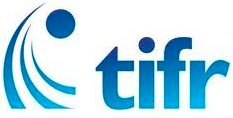Strong evolution of X-ray absorption in SN 2010jl
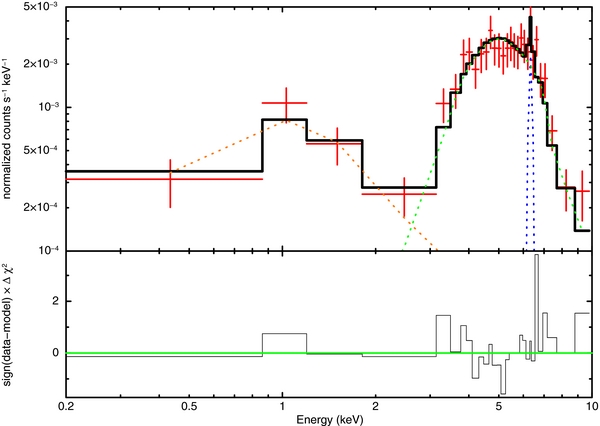
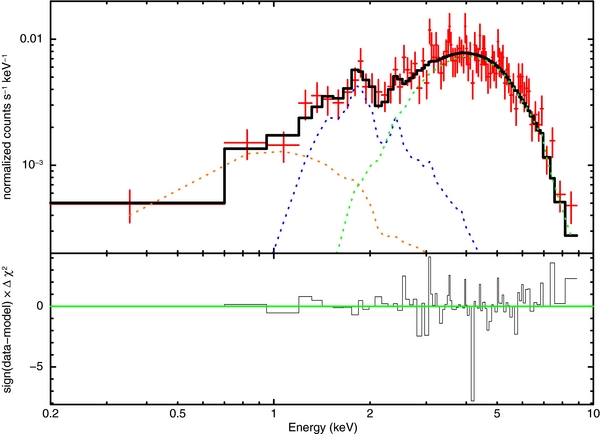
|
SN 2010jl is a superluminous Type IIN supernova with its absolute visual magnitude brighter than -20. It was discovered on 2010 November 3.5 (UT) in UGC 5189 at a distance 50 Mpc. UGC 5189 is a dwarf galaxy with metallicity 1/3rd that of solar. Hubble Space Telescope (HST) images of the site of the SN taken a decade before the SN indicate that, unless there is a chance coincidence of a bright star with the SN site, the progenitor star had an initial mass more than 30 solar mass. We studied two epochs of Chandra-ACIS X-ray imaging spectroscopy of SN 2010jl, taken around two months and then a year after the explosion. SN 2010jl is one of the brightest core collapse supernova in X-ray bands with peak luminosity close to 1E+42 erg/s. The absorption column density in the first spectrum is high (1E+24), more than three orders of magnitude higher than the Galactic absorption column, and we attribute it to absorption by circumstellar matter. In the second epoch observation, the column density has decreased by a factor of three, as expected for shock propagation in the circumstellar medium. This is the first time a direct evidence of X-ray absorption by circumstellar matter is seen, and first time the evolution of column density has been traced. SN 2010jl is a special Type IIn SN because we have been able to catch it in X-rays early on with as sensitive an instrument as Chandra and trace the early X-ray evolution. We have observed it a few more times with Chandra, XMM and Swift-XRT and a larger publication on this work, including radio observations is underway. |
Click in boxes below to see some highlights of our research work.
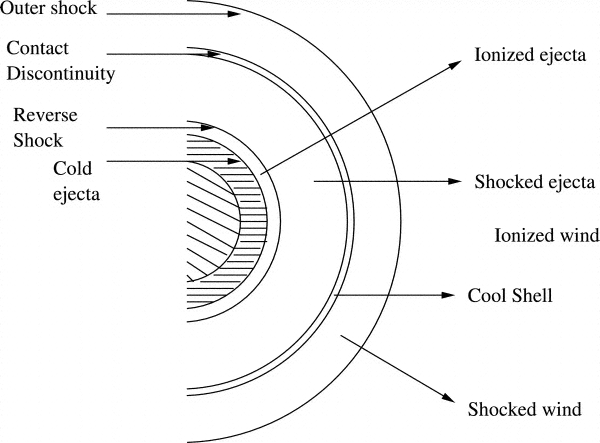
Type IIn supernovae are the most mysterious class of supernovae. Their progenitor stars are a big mystery....
Detail
While reverse shocks are seen in one every 24 optical afterglows of gamma ray bursts, they are much more prevalent in radio afterglows...
Detail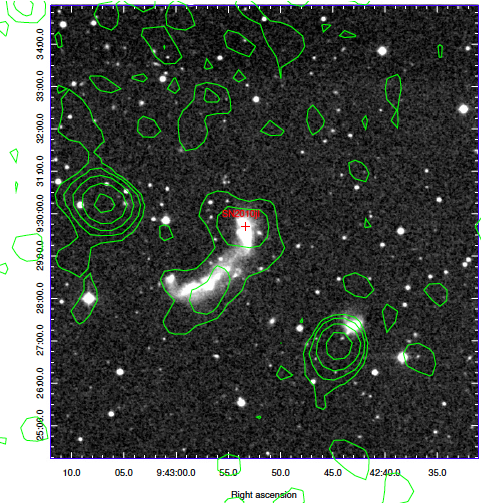
SN 2010jl have revealed a spectacular evolution of the column density from X-ray observations....
Detail
We have studied a catalog of radio afterglow observations of GRBs over a 14 year period from 1997 to 2011...
Detail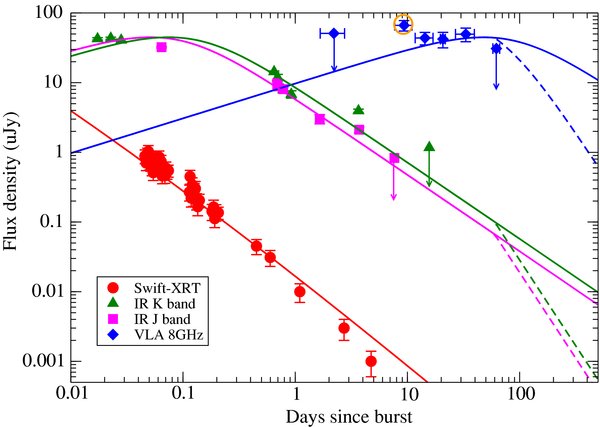
Radio detection of a redshift 8.3 GRB 090423 have revealed the environments of the Universe at such high redshift epochs...
Detail
Inverse Compton scattering can solve the famous mystery of lack of achromatic jet breaks in a subsample of Swift bursts....
Detail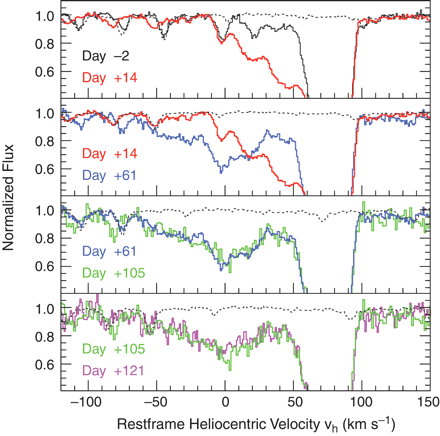
First time spectroscopic evidence of circumstellar matter has been seen in a thermonuclear supernova...
Detail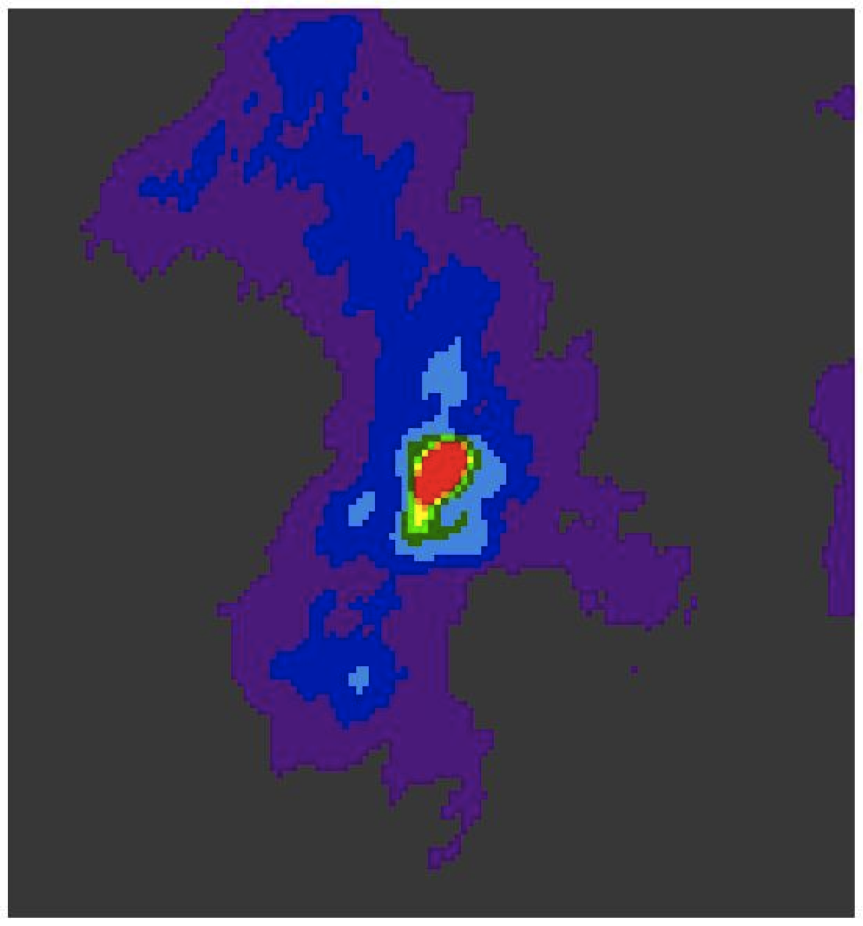
Lowest frequency radio emission at 125 cm has been seen in this most violent Galactic explosion .....
Detail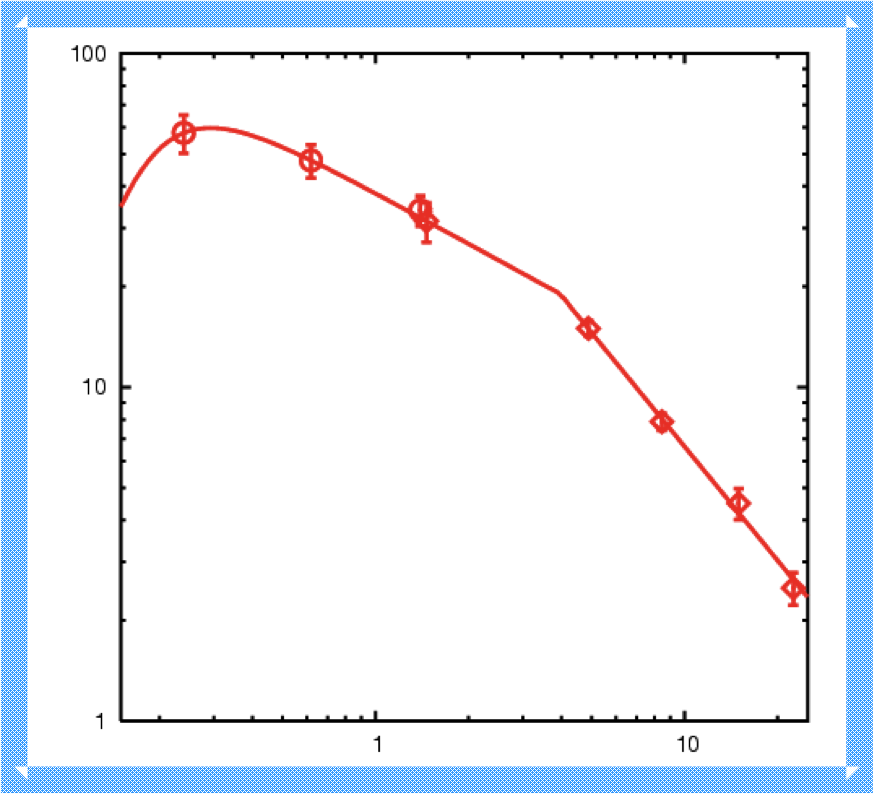
First time direct signature of synchrotron aging was seen in VLA and GMRT observations of SN 1993J.
Detail
